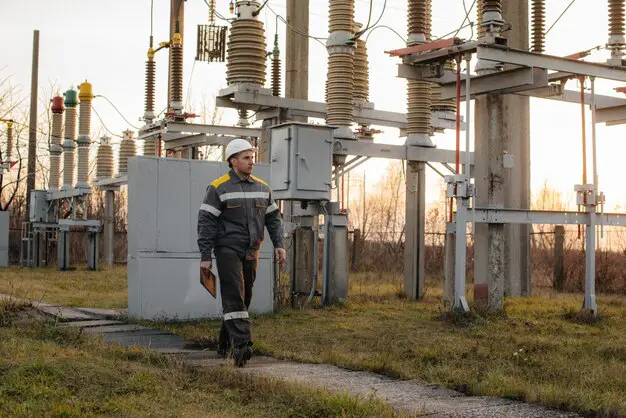Cogeneration, also referred to as Combined Heat and Power (CHP), is an innovative approach to energy production that maximizes efficiency by simultaneously generating electricity and capturing and utilizing waste heat. Understanding the mechanism behind cogeneration unveils its potential to revolutionize energy generation and contribute to sustainable practices.


Table of Contents
Exploring the Mechanism of Cogeneration: How Combined Heat and Power Systems Work
The Principles of Cogeneration
Cogeneration systems operate on the principle of utilizing a single fuel source to generate both electricity and thermal energy. Unlike traditional power plants, which discard significant amounts of heat, cogeneration systems optimize energy efficiency by harnessing waste heat that would otherwise go unused.
How Does Cogeneration Work?
- Electricity Generation: Cogeneration systems begin by producing electricity through a variety of methods, such as gas turbines, steam turbines, or reciprocating engines, depending on the application and fuel source. These generators produce electricity as their primary output.
- Utilization of Waste Heat: In conventional power plants, excess heat generated during electricity production is often wasted. In cogeneration, this waste heat is captured and utilized for various heating or cooling purposes. This heat can be used for space heating, water heating, industrial processes, or even to drive absorption chillers for cooling purposes.
- Efficiency Maximization: Cogeneration systems achieve efficiencies of up to 80-90% by utilizing the waste heat, compared to around 40-50% in conventional power plants. This enhanced efficiency results from the dual utilization of energy, significantly reducing fuel consumption and greenhouse gas emissions.
- Cogeneration Configurations: There are various configurations of cogeneration systems, such as topping cycles, bottoming cycles, and combined cycles. Topping cycles primarily produce electricity with waste heat as a byproduct, while bottoming cycles focus on producing heat with electricity as the byproduct. Combined cycles integrate both approaches for maximum efficiency.
Applications of Cogeneration:
- Industrial Settings: Cogeneration systems find extensive use in industries with high energy demands, such as manufacturing, chemical processing, and refining, where waste heat can be utilized for various industrial processes.
- Commercial and Residential Use: Cogeneration systems can power hospitals, hotels, universities, and residential buildings, providing electricity and utilizing waste heat for heating, cooling, and hot water.
- District Heating and Cooling: Cogeneration can be utilized in district energy systems, supplying multiple buildings or residential areas with electricity, heating, and cooling efficiently.
Conclusion
Cogeneration systems exemplify a sophisticated and efficient techniques or method of energy production that maximizes energy utilization while minimizing waste. By capturing and utilizing waste heat, cogeneration significantly boosts overall efficiency, reduces environmental impact, and offers a reliable and sustainable energy solution for various industries and facilities.
Defining the mechanics behind cogeneration underscores its potential as a transformative solution in the realm of energy generation, contributing to a more sustainable and efficient energy landscape.
This article aims to elucidate the working principles of cogeneration systems, highlighting their efficiency and versatility in generating electricity while simultaneously harnessing waste heat for various beneficial purposes.



